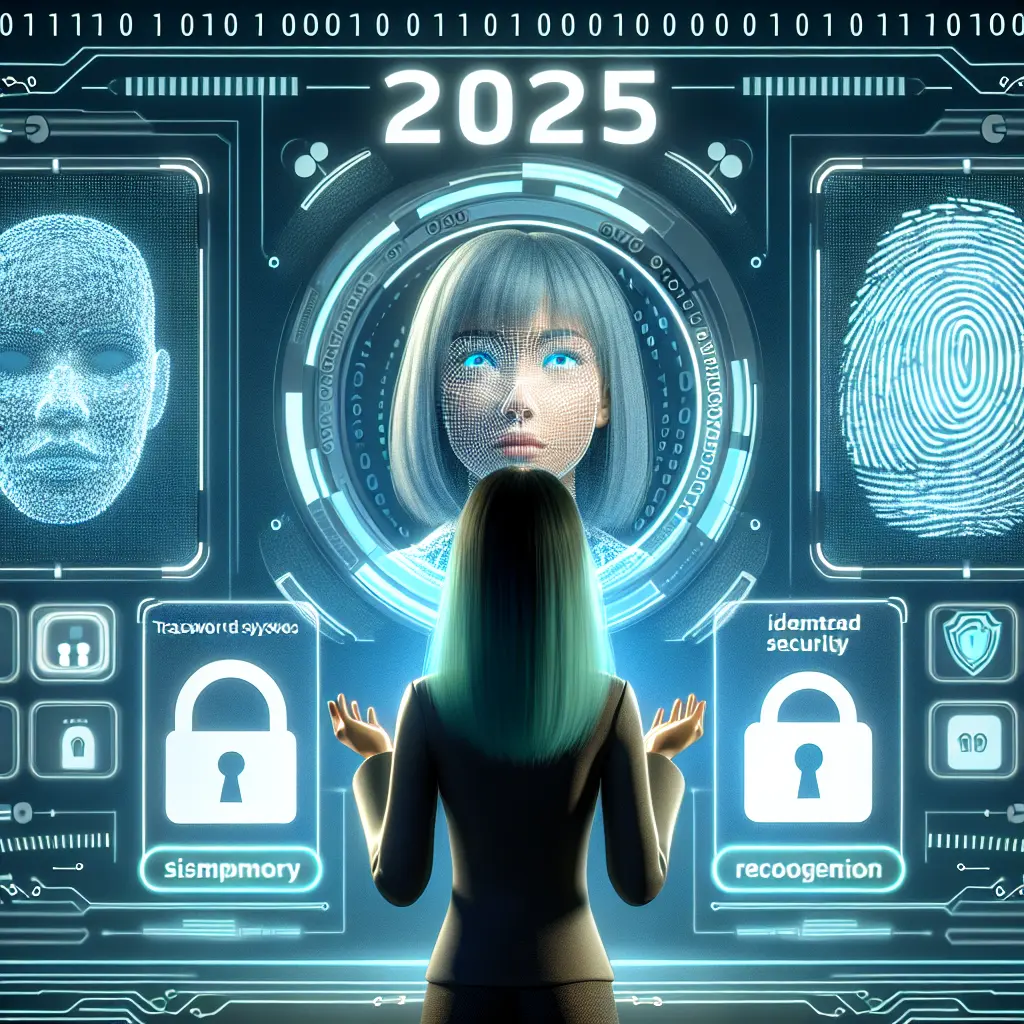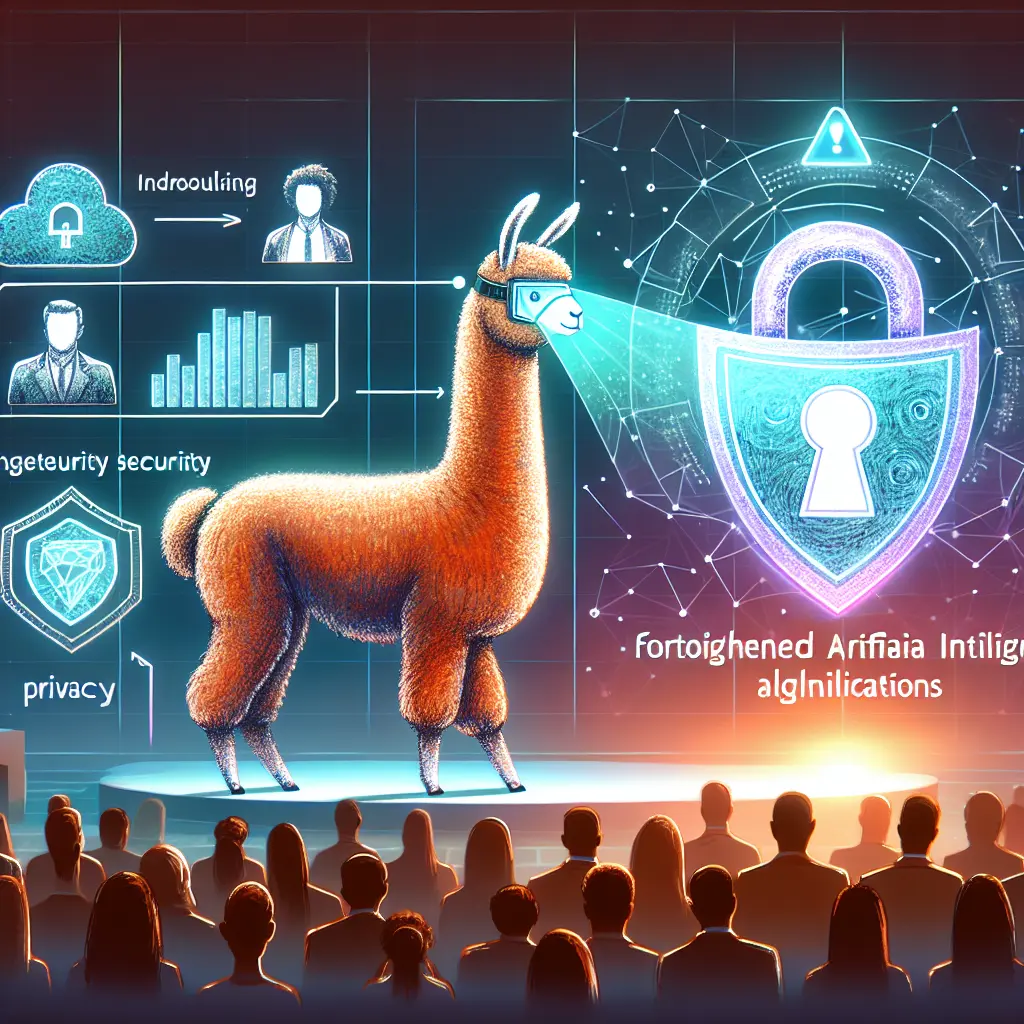In the ever-shifting world of cybersecurity, safeguarding our digital identities has never been more crucial. As World Password Day 2025 arrives, it’s clear that the traditional notion of password protection is evolving rapidly. This special day provides a timely opportunity to reflect on how we manage access to our online lives and what the future of identity verification looks like.
Over the years, passwords have served as our primary shield against cyber threats. However, the increasing sophistication of attacks and growing reliance on online platforms have exposed the vulnerabilities of password-only security. Now more than ever, organizations and individuals must rethink their approach to protecting digital identities in a landscape where the stakes are higher than ever.
The Decline of Password-Only Protection: Passwords have long served as the front line of defense for digital assets, but their effectiveness is increasingly in question. Security experts agree that relying solely on passwords poses significant risks. Issues like password fatigue, where users juggle dozens of accounts and resort to weak or reused passwords, make it easier for cybercriminals to gain access. Additionally, sophisticated phishing attacks and credential stuffing—where attackers use stolen credentials from data breaches to infiltrate multiple platforms—further highlight the shortcomings of passwords as a standalone defense.
Emerging Trends in Identity Protection: To combat these evolving threats, organizations and individuals are adopting new strategies. Multi-Factor Authentication (MFA) adds extra layers of security beyond passwords, such as biometrics or one-time codes, making unauthorized access far more difficult. Passwordless authentication methods, including biometric recognition and security tokens, are also gaining traction by providing a seamless and secure user experience. The adoption of zero trust architecture—where continuous verification is required for both users and devices—has become a proactive standard. User education remains crucial; empowering people to spot phishing attempts and practice sound digital hygiene is essential for robust defense.
Practical Advice for Organizations: Security experts recommend that organizations regularly audit their existing authentication protocols to identify and address weak points. Implementing modern authentication solutions like MFA, exploring passwordless options, and employing robust monitoring tools are critical steps. Fostering a security-first culture by engaging employees in ongoing cybersecurity awareness and training helps create a resilient workforce. Staying informed about emerging threats ensures organizations can adapt their strategies to maintain effective defenses.
The Future of Digital Identity Protection
The journey toward stronger identity protection is an ongoing process. As cyber threats grow more sophisticated, so too must the defenses that guard sensitive data and personal information. The shift from password-only approaches to layered authentication methods—incorporating advanced technology and proactive monitoring—marks a significant advancement in how we safeguard digital assets.
Embracing innovation is essential. Organizations that adopt modern authentication solutions not only reduce risk but also improve user experience by streamlining secure access. Meanwhile, regular training and user education ensure that everyone can recognize threats like phishing and respond appropriately. Proactive measures and continuous improvement are the cornerstones of digital safety in today’s interconnected world.
Looking ahead, security experts emphasize the importance of staying informed about new developments and adapting quickly to changing threats. Technologies like biometric authentication, security tokens, and zero trust frameworks are expected to play even larger roles in shaping the future of digital identity protection. Organizations should continually reassess their security postures to ensure they remain resilient as cyber threats evolve.
For those seeking further insights into how security professionals are navigating these changes, you can read the original article at World Password Day 2025: Security Experts Weigh In on the Evolving Identity Landscape.
Strengthening Your Digital Defenses
Ultimately, maintaining vigilance and embracing the latest innovations are essential strategies for keeping digital identities secure. By fostering a culture of security awareness and leveraging cutting-edge authentication technologies, organizations and individuals can better defend themselves against increasingly sophisticated cyber threats.
As we mark World Password Day 2025, remember that your digital identity is worth defending every day—not just once a year. Investing in strong security practices and staying proactive will ensure you remain protected in an ever-changing online world.
Stay safe online and continue to prioritize your digital well-being as technology evolves.
The journey towards better identity protection continues, with each step bringing us closer to a more secure digital future.










Leave a Comment